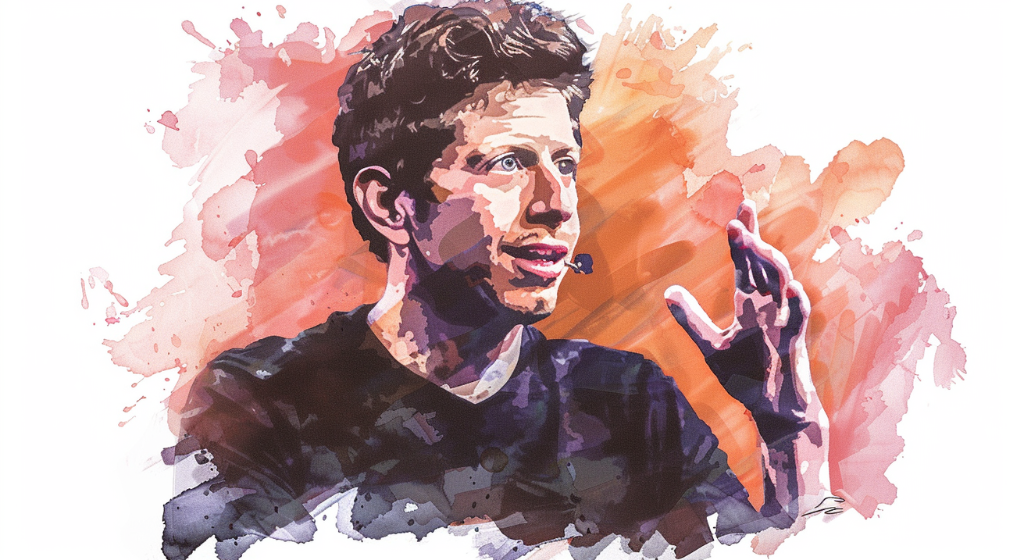
OpenAI CEO Sam Altman hinted at an affection for GPT-2 and clarified at Harvard University that the mysterious chatbot is not the anticipated GPT-4.5 update, while an OpenAI representative offered no additional comments. (Source: Image by RR)
Mystery Chatbot Teases the Potential of AI Agents Acting on Users’ Behalf
A mysterious new chatbot appeared briefly on the testing site LMSYS, sparking widespread interest and speculation within the AI community. This chatbot, showing capabilities on par with OpenAI’s advanced GPT-4 model, vanished shortly after its debut, but not before catching the eye of AI experts and enthusiasts who speculated about its origins and capabilities. As reported in axios.com, OpenAI CEO Sam Altman hinted at a connection with GPT-2, yet clarified that the bot was not a version of the anticipated GPT-4.5, leaving the community curious about the exact nature and origin of the chatbot.
The intrigue around this chatbot includes speculation that it may be an enhanced version of an existing model rather than an entirely new creation, given the immense costs and complexities associated with developing cutting-edge AI tools. Improvements may include expanding the size of language models or integrating new features to enhance their reasoning and mathematical problem-solving capabilities, a noted advancement over previous iterations from OpenAI and competitors like Anthropic and Google.
The temporary availability of the chatbot on LMSYS led to an unexpected surge in traffic, prompting the site to take the chatbot offline, though promises of broader future releases were made. Users who interacted with the chatbot reported performances that suggested training on or similarities to existing OpenAI models, with some advancements in handling complex problems that had stumped earlier AI models. This brief appearance served both to test the chatbot in real-world conditions and to potentially gauge user reaction to new capabilities.
The development and testing of such advanced AI tools underline the broader industry trend towards creating AI agents capable of acting autonomously on behalf of users, rather than merely processing requests for information. This shift towards more dynamic and interactive AI systems raises significant potential for increasing the utility of chatbots. However, it also introduces new risks, especially if improvements in reasoning and reductions in AI-generated errors (“hallucinations”) are not achieved. The mysterious chatbot’s brief emergence may well be a precursor to more substantial developments in the AI field, reflecting ongoing advancements and the challenges that accompany them.
read more at axios.com







Leave A Comment